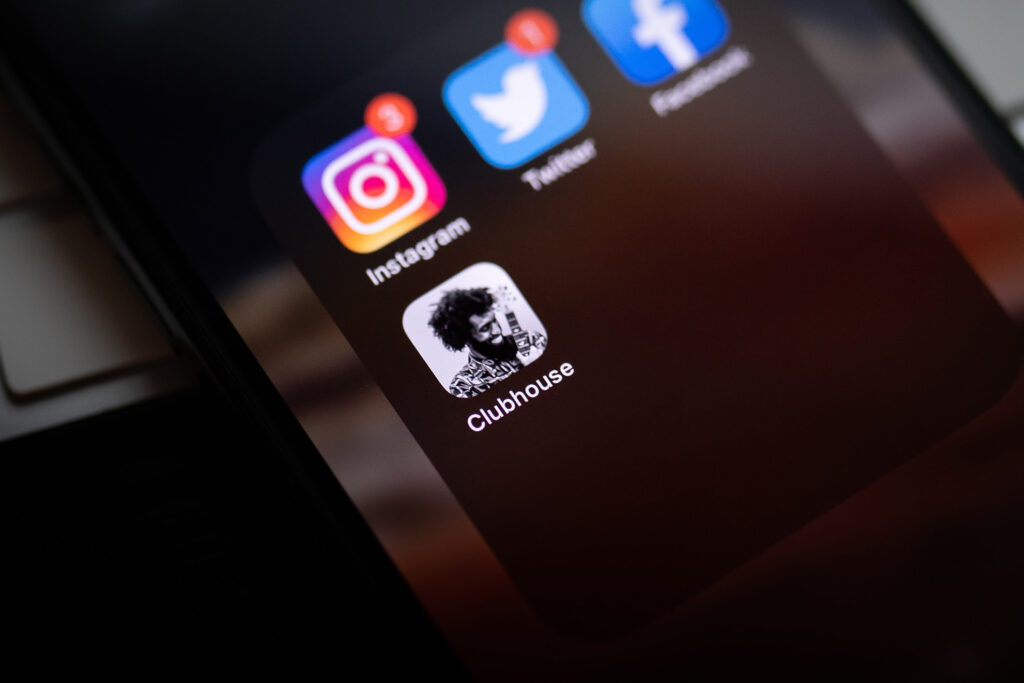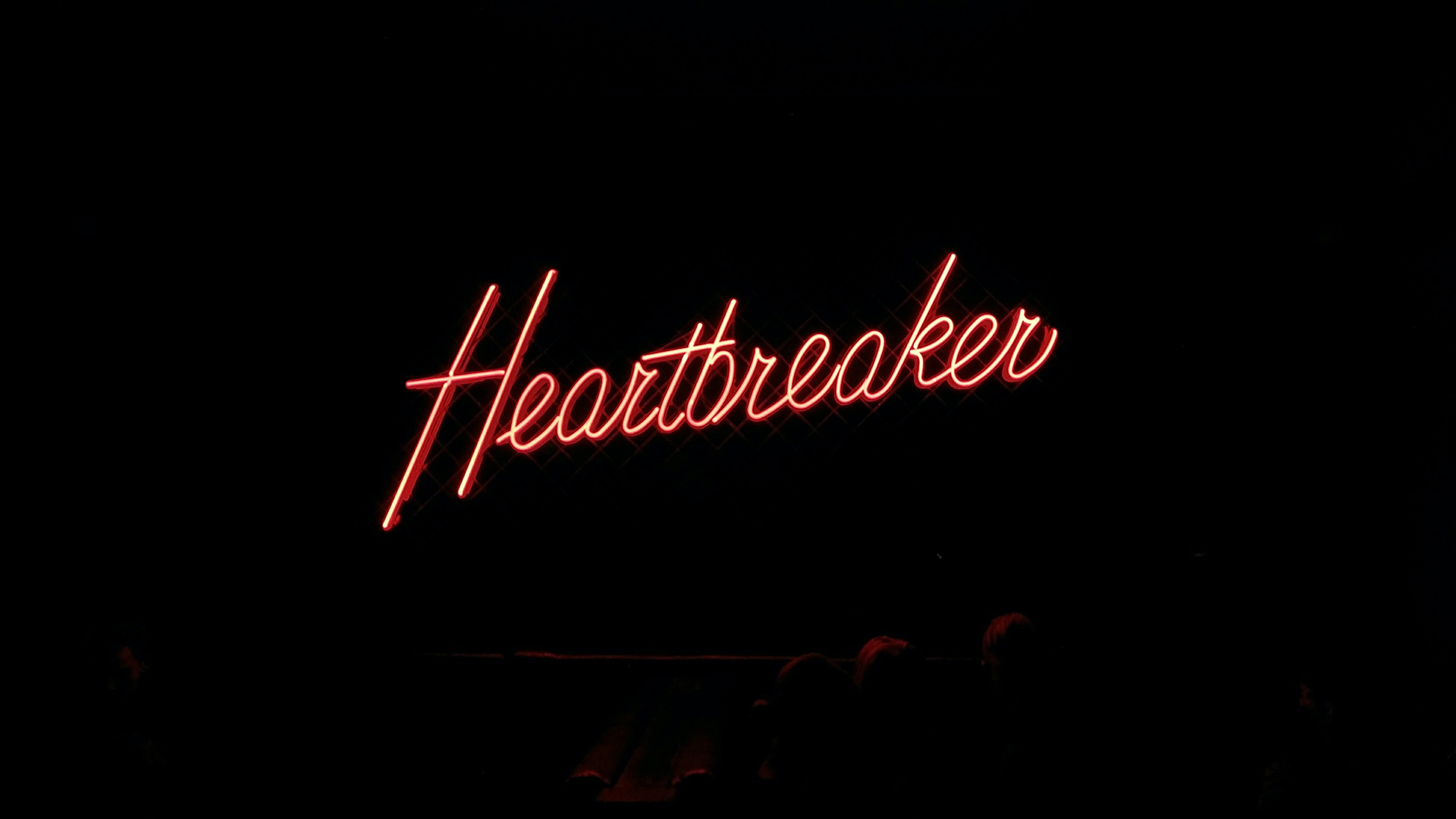Aga Szóstek, PhD, is a Co-Founder of the WXO, a strategic experience designer, and author of The Umami Strategy: Stand Out By Mixing Business With Experience Design.
She discusses why word of mouth makes and breaks brands, and why her unconventional studies – which ask customers to write break-up letters to brands – result in rich, qualitative data around customer experience that shouldn’t be ignored.
‘I am sorry to say it, booking.com, you’ve treated me badly and I’m breaking up with you. I don’t ever want to see your sorry site again.’
Have you ever broken up with a mobile phone provider? A bank? A device? Do you remember what you wanted to shout when you did?
We relate to brands in a similar way to people, developing emotional attachments towards products, services and experiences. And, just like our human relationships, these rise and fall. In personal relationships we talk about our feelings readily, but when it comes to brands, expressing emotions can feel inappropriate. So, customers don’t. Yet, understanding emotional responses is what separates bad brands from average ones, and the good from the great.
The nature of word of mouth

How do we pick which brands to choose and which to avoid?
Word of mouth is what makes or breaks our dealings with brands and products, and is a way we find meaning in them. A Fortune article by American urbanist William Whyte Jr in the 1950s demonstrated its influence on consumer choice, showing how information about new air-conditioners, TVs and even doctors spread across American neighbourhoods. It related directly to a web of neighbourly connections which showed not only that people shared stories about their purchases, but that positive comments aided products’ acceptance, and that negative ones hindered it. It led to the emergence of the expression ‘your best salesman is a satisfied customer.’
Research shows that word of mouth is ‘U’-shaped. Very good and very bad stories are shared far more often than those which are slightly positive or negative. These stories are rooted in customer expectations, which can be visualised on a scale from desired to adequate. Arun Parasuraman, Leonard Berry and Valarie Zeithaml, researchers from Texas A&M University, referred to this difference as the Zone of Tolerance.
Adequate reflects the lowest experience level we’ll accept before looking for alternatives. If it’s worse than that, customers are left disappointed and will avoid the brand. Stay within the Zone of Tolerance, and your brand will be considered reasonable, but nothing special – where most companies end up. Customers here have a transactional relationship with the brand, seeing it as ‘value for money,’ and simply stick around until something better comes along. However, deliver an experience that exceeds customers’ desire, eliciting surprise and delight, and they’re more likely to commit emotionally to the brand, and to share their experience.
Here’s the catch; we overreact to bad stories while under-reacting to good ones and, consequently, share the negative more than the positive.
The stories people tell

Whether it’s telling friends about a fabulous holiday company, or chatting with colleagues about a good deal on a gadget, people love to share stories about brands they use. Tweets, reviews and social media gossip result in over 100 million brand conversations every hour, and word of mouth is the main driver behind up to half of purchasing decisions made today.
A while back, I conducted an 1,000-customer study about the effects of word of mouth on a telecom company’s business. Participants were asked to write down the stories shared with others about the brand, who they shared them with and how often. On average, positive stories were shared with six people – mostly family and close friends. Negative ones, on the other hand, were shared with an average of 11 people – from remote acquaintances to strangers.
Word of mouth is said to have three times more impact on purchasing decisions than advertising today, and its persuasiveness is down to two key factors:
- Customers are tuned-in to the fact that advertising only states positive brand promises. Word of mouth reveals the nitty-gritty of how things truly are.
- It’s more targeted. Unlike broad-spectrum advertising friends provide tantalising details relevant to you. Who wouldn’t respond to that?
Loves me, loves me not

For some time I’d been searching for a method to assess customers’ sentiment towards services both qualitatively and quantitatively. Then, one day I stumbled upon an article in Interactions magazine – Tech Breakups; a research method for understanding the technological attachment by E.M. Gerber of Northwestern University. At last, a simple and straightforward method, and exactly what I was looking for.
Created by innovation consultancy Smart Design, instead of directly asking people what they liked or didn’t about a product or service, they were tasked with writing a love – or a break up – letter based on real-life interactions. Letters were either written or spoken, and Northwestern University took things a step further, asking participants to role play a break up with a brand. I loved the method and began using it in various studies and workshops. But, at some point I asked myself: would it be possible to it to map user sentiment qualitatively and quantitatively?
So, I set up a large online study using the method relating to Polish mobile phone providers to address two questions:
- is there a basis for emotional attachment towards a mobile provider?
- do people express a variety of emotions towards different telecom brands, and how does it reflect their purchasing behaviour?
The results were astonishing. Some letters were short, others longer, but the emotional weight contained gave real insight about where the mistakes and good decisions the mobile providers were making. The study began with two letter types, love and break up. However, it became clear that a third – a warning letter, written by customers who felt things were going downhill but not bad enough to warrant a break up, yet – was necessary. These letters proved the most informative, highlighting the challenges faced by the telecoms providers.
Based on a combination of the letter, an overall satisfaction measurement, and the intention to leave the provider, I got a map which outlined what the vocabulary customers use if they are happy – or unhappy – with their provider.
A break-up letter example:
“I can’t stand your deceitful advertising. You promise things you’re not able to deliver. You’re just a cheat. You take old and long-standing customers for nothing. I’ve wasted a huge amount of money thanks to you and I will never forgive you. I’ve never had trust in you, but this time you’ve overstepped the line. I can’t wait to see our contract expire. I’ll join the competitors with relish. One thing I regret is spending 20 years with you, wasted.”
A love letter example:
“If it wasn’t for your services, I wouldn’t be able to call anyone. You’re the best and I wouldn’t replace you with anyone better. I joined you a long time ago, but still I’ve not had enough of you. You have a really far-reaching coverage, thanks to which I can always get through easily to anyone I want. Your services are top quality, you don’t misuse your power, and have offers for any budget. You go to great lengths to make everyone feel at home with you. May it never change or, if it ever changes, it shall only change for the better.”
A warning letter example:
“We’ve been together for 15 years. Sometimes it’s been sunny, sometimes stormy. Recently, you haven’t been giving me what others were able to offer. Even though your subscription offer was less attractive than the competition, we decided to stay together to overcome those difficulties. Recently we’re back on the same page and I’m happy we’ll spend the next 3 years together. Years ago you were unbeatable. Later you were left behind and instead of seeing me, you saw no further than the end of your nose. Your competition was overwhelming. That’s why you lost so many customers – I know that from friends and acquaintances. I decided to wait for a better time and haven’t been disappointed. A couple of months ago my belief in our love was ignited again, and I hope it lasts until the end of the world and one day longer.”
A thermometer of customer sentiment

This type of study might sound unconventional; when I first proposed it people raised concerns that people wouldn’t want to participate. But, what the client wants, the client gets … said the research agency I was collaborating with. So, data collection was planned for seven days, with the possibility to extend. Surprisingly we got all the data in a day and a half. Turns out customers were itching to share their emotional feedback, and just needed the means to do so. Some letters were short and sweet, some succinct yet angry, and others emotionally-charged essays, chock-full of stories.
The study caught the attention of the company’s management board and – for the first time – they paid attention to experience-based research. Although the results were mostly qualitative, the quantitative nature of data collection allowed comparison with other research outcomes. The findings, due to their sheer quantity, were pretty convincing, and they reinforced data reflected in the likes of the Net Promoter Score (see below graphic; a metric which measures customers’ loyalty, by asking how likely they are to recommend the product/service/organisation to a friend on a scale of 1-10 with their answer categorising them as either a detractor, passive or promoter).
Since then, I’ve done similar studies with other clients and each time, the impact of the collected data is amazing, offering explanation to the numbers typically shown in boardrooms.

One day, I hope to implement it as a tool to collect data periodically, and create a thermometer of customer sentiment. While studies like this might raise some eyebrows in the board room, and be more complex to analyse, the date is so much more informative and valuable than many of the other metrics which perpetuate the Customer Experience domain of today. And we’d all do well to pay attention.
The WXO Take-Out
1. Word of mouth is the most powerful marketing tool available. Another way of saying that is: the stories people tell. Stories come from first-hand experiences. So you can influence, even control, the stories people tell by providing experiences they want to share.
2. Experiences that exceed expectations are a surefire route to success Crucially, though, this isn’t simply about exceeding expectations, but designing experiences that prompt a positive emotional response in your customers. That’s the most likely to turn a passive customer into an active champion.
3. Numbers and quantitative data have their place in assessing the success of an experience or service, but they don’t even come close to unpacking what’s really going on. If you really care about CX, you need to gather and consider qualitative data, and the human emotions your product, service, or experience elicitis.
4. People engage emotionally with brands, experiences and technology in the same way they do other humans. So take the time to really understand what your customers are thinking, feeling and yearning for – and then adapt to their experience needs..
5. If “love letters” and “divorce letters” all sound too quirky and and unconventional for your management board, point out that the deeply personal and rich insights you gather will help you to create more meaningful, useful experiences – and keep customers loyal for the long haul.
About the author
As well as being a Co-Founder of the WXO, Aga Szóstek, Ph.D. is a strategic experience designer and author of The Umami Strategy: Stand Out By Mixing Business With Experience Design. For the past two decades, she worked at the forefront of combining design, technology, and business. Her approach inspired many organisations to bet on experiences as their market differentiator. When not consulting, Aga designs experiential tools called Seed Cards and co-hosts a podcast: Catching The Next Wave.





